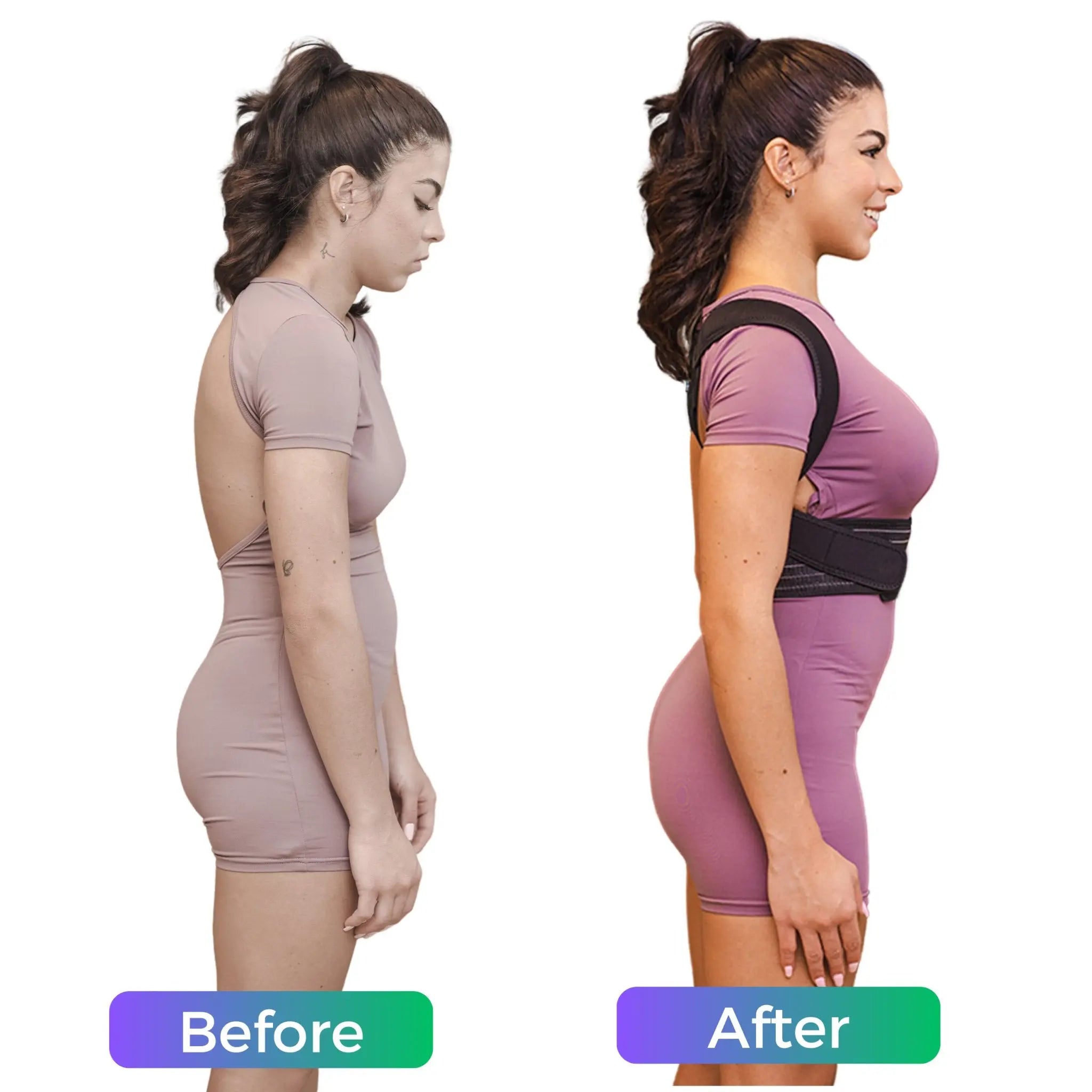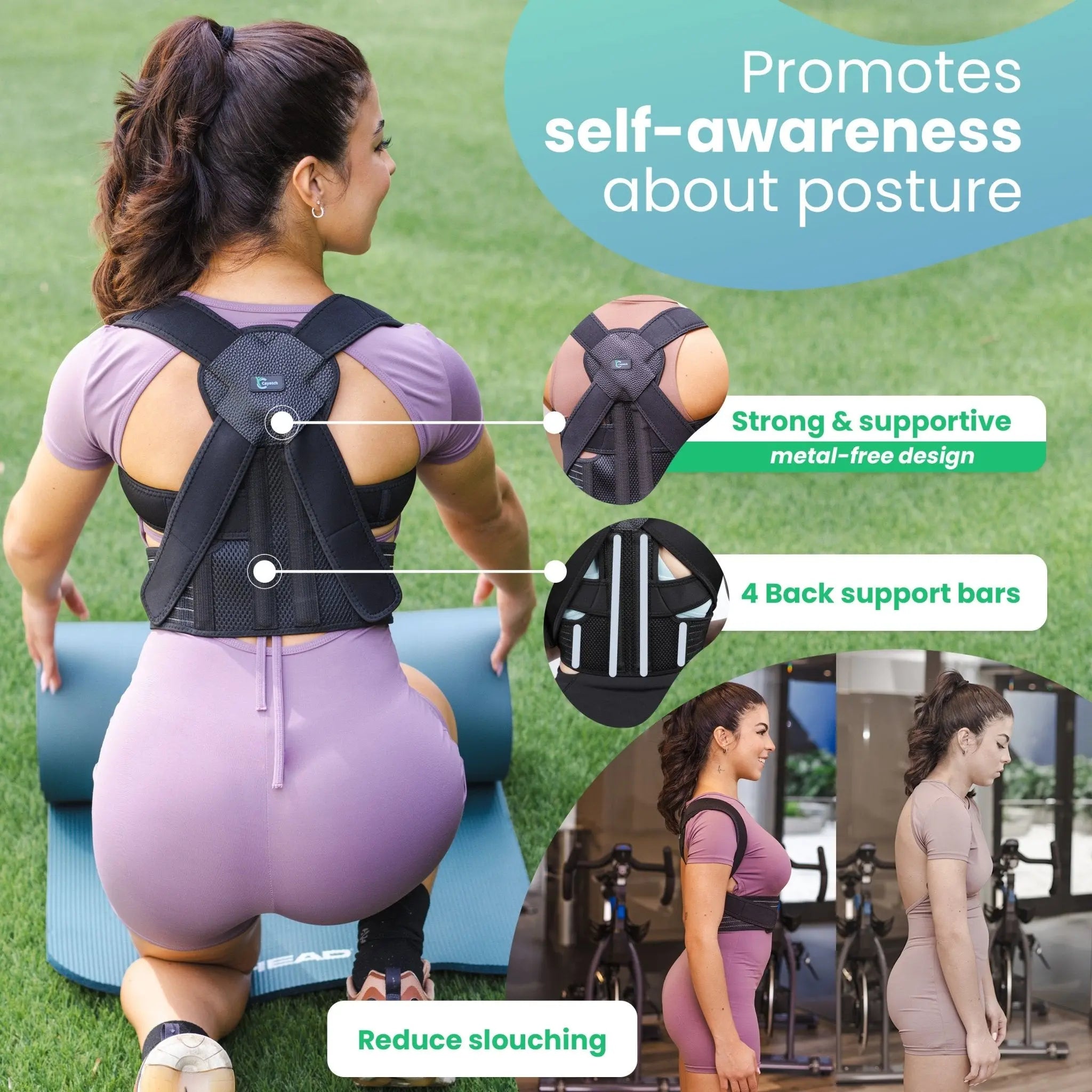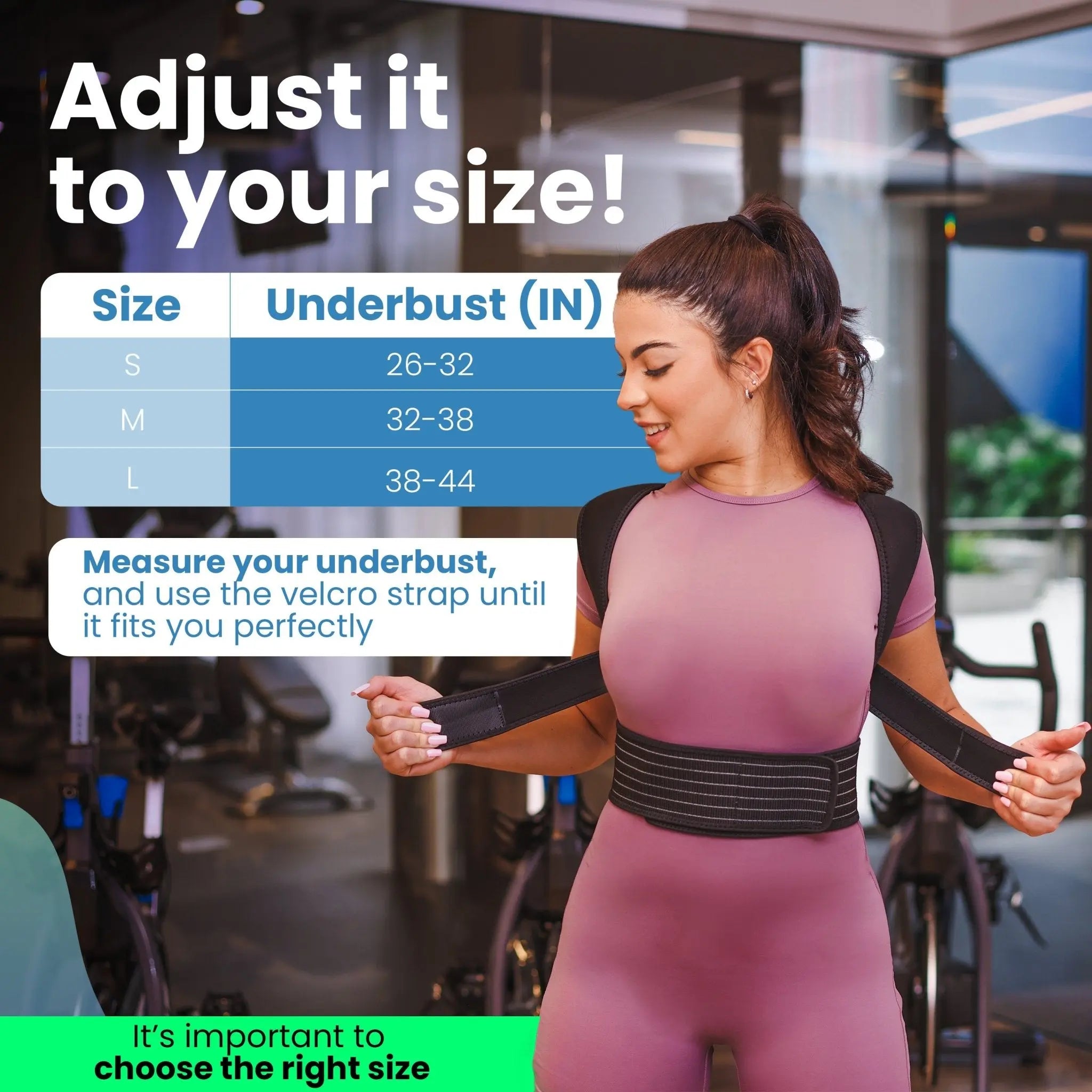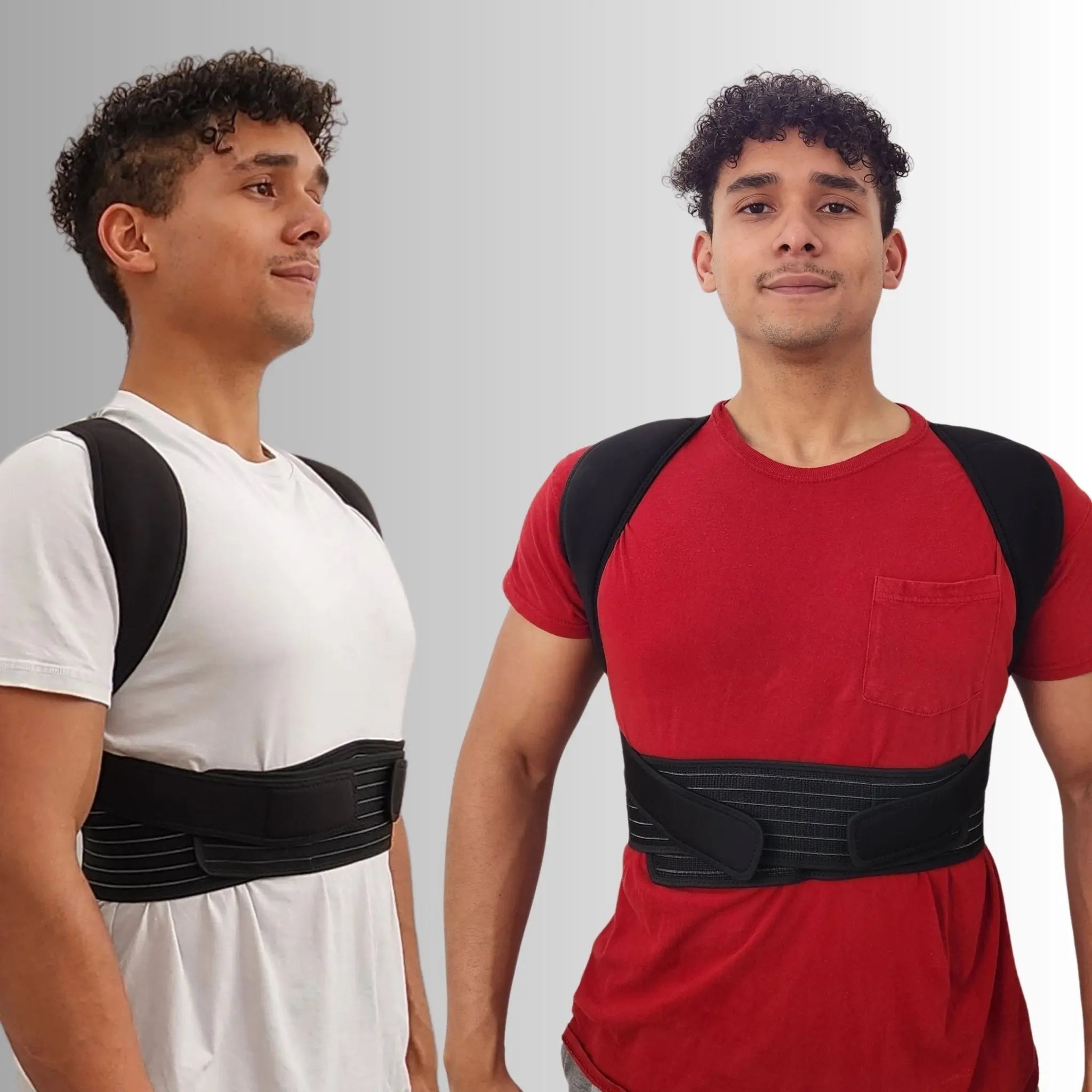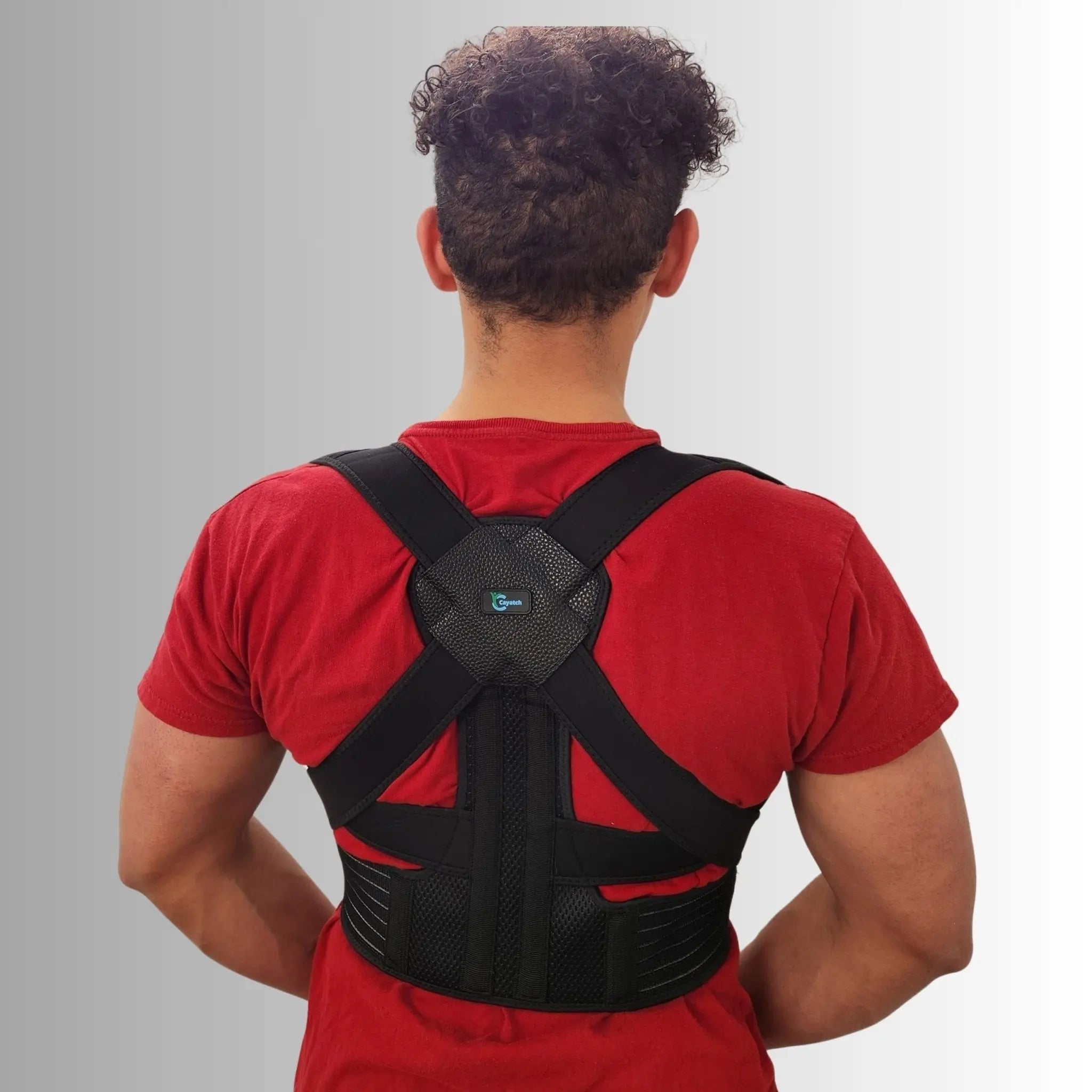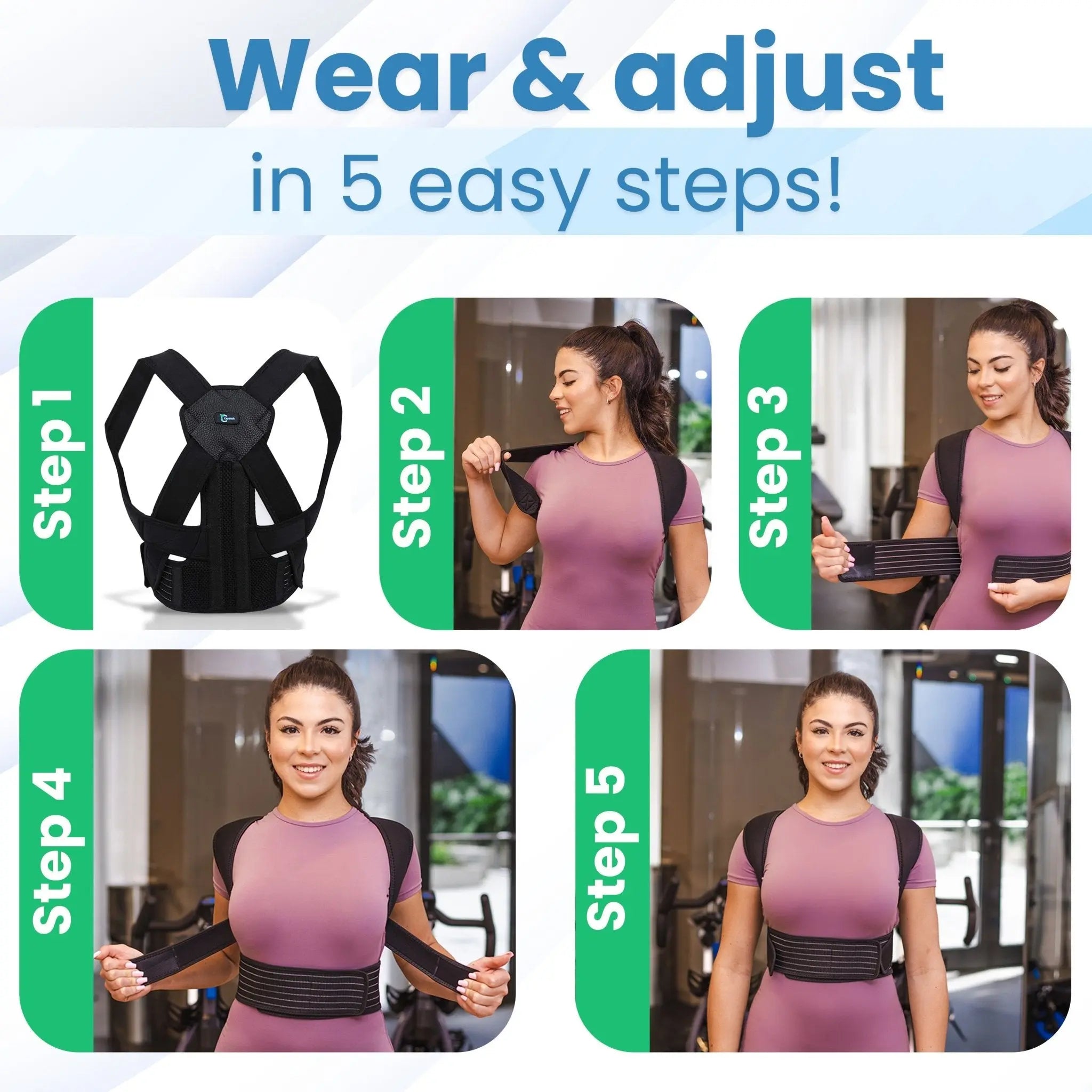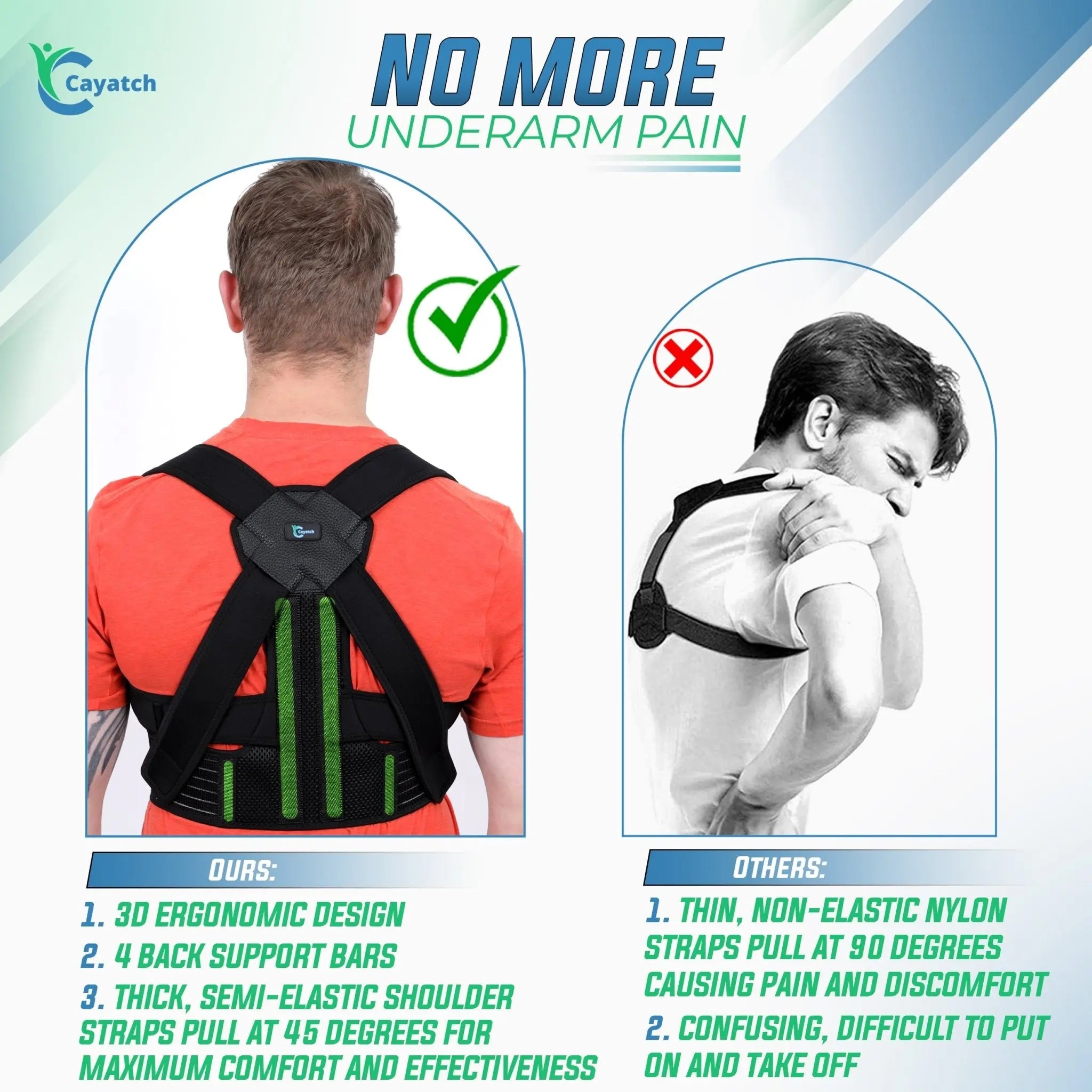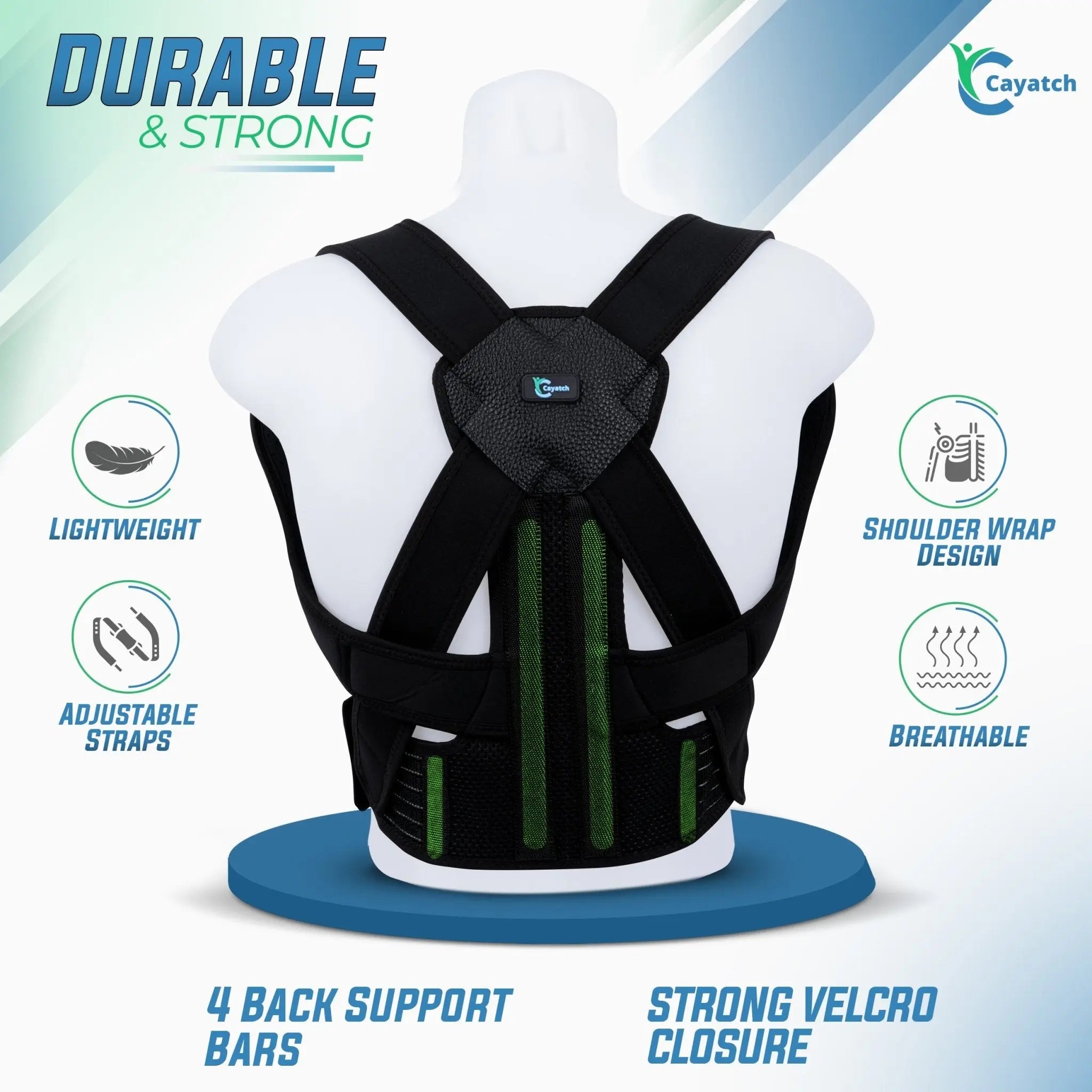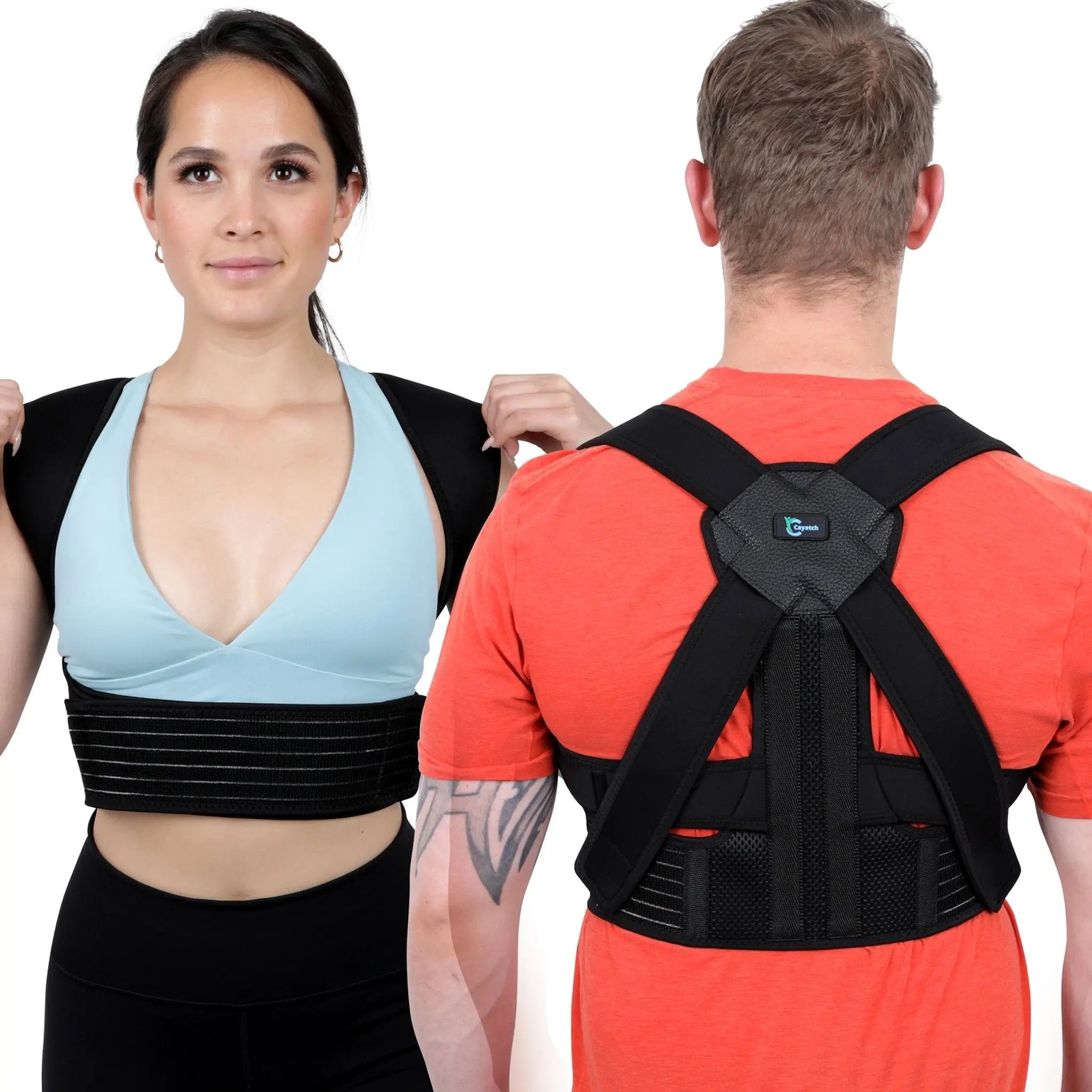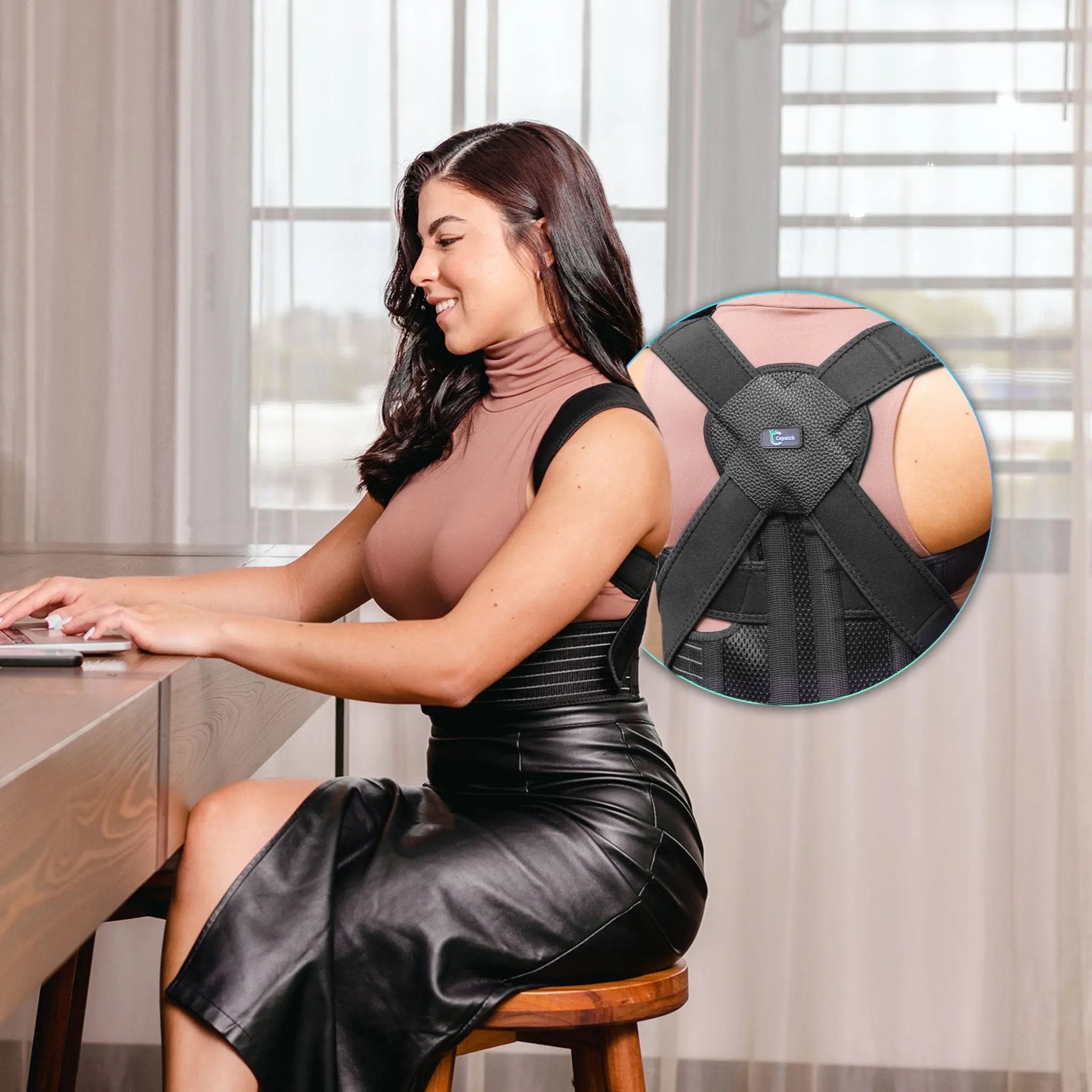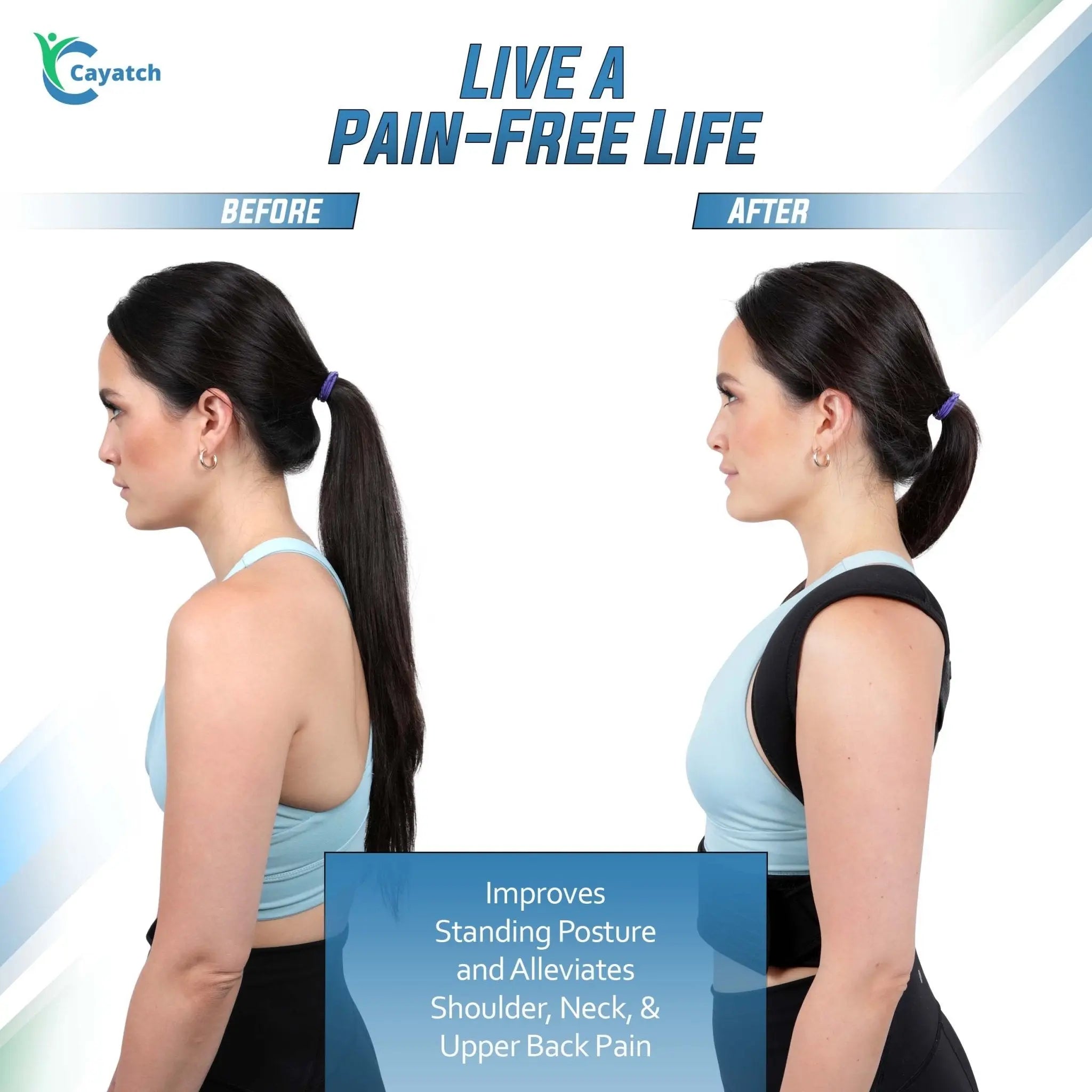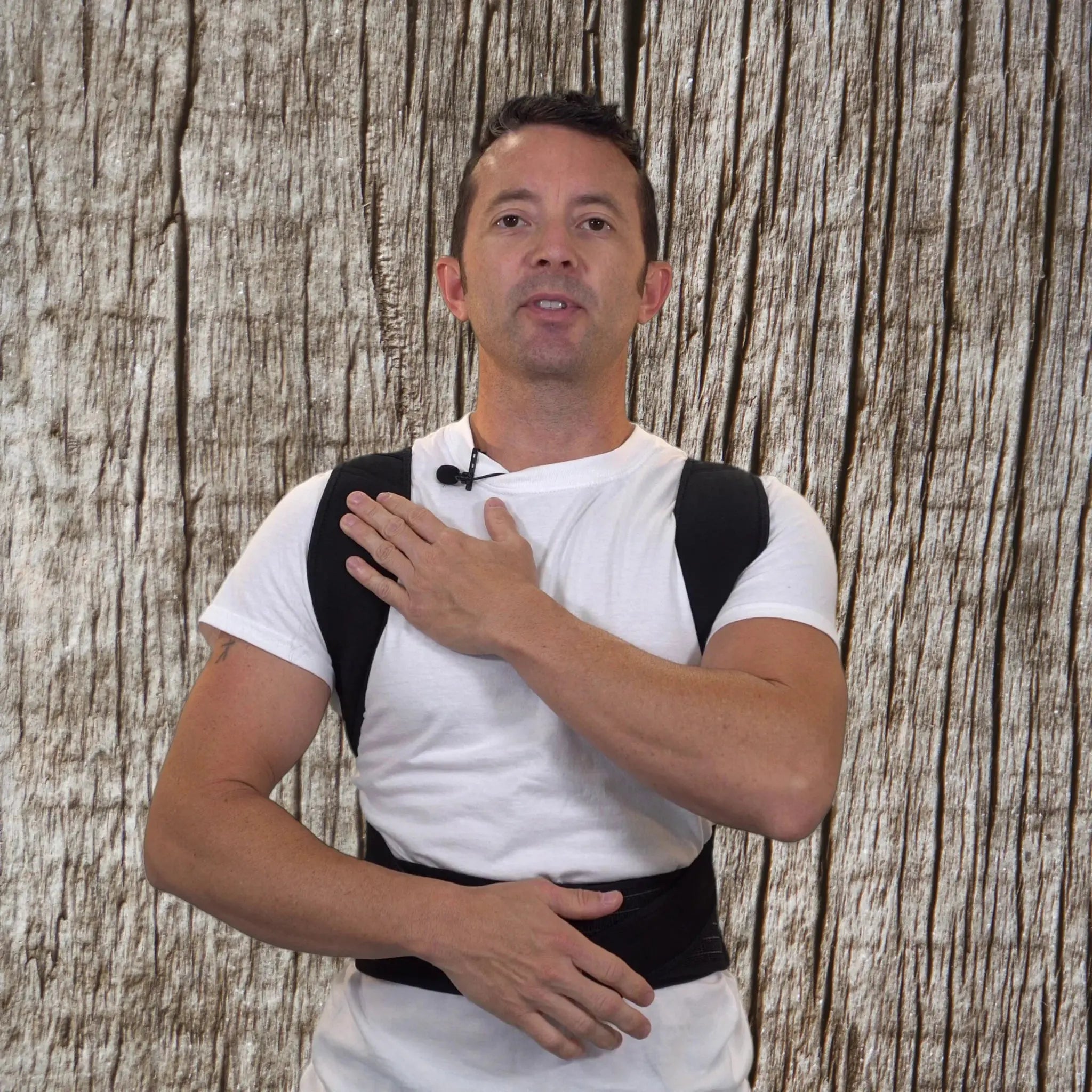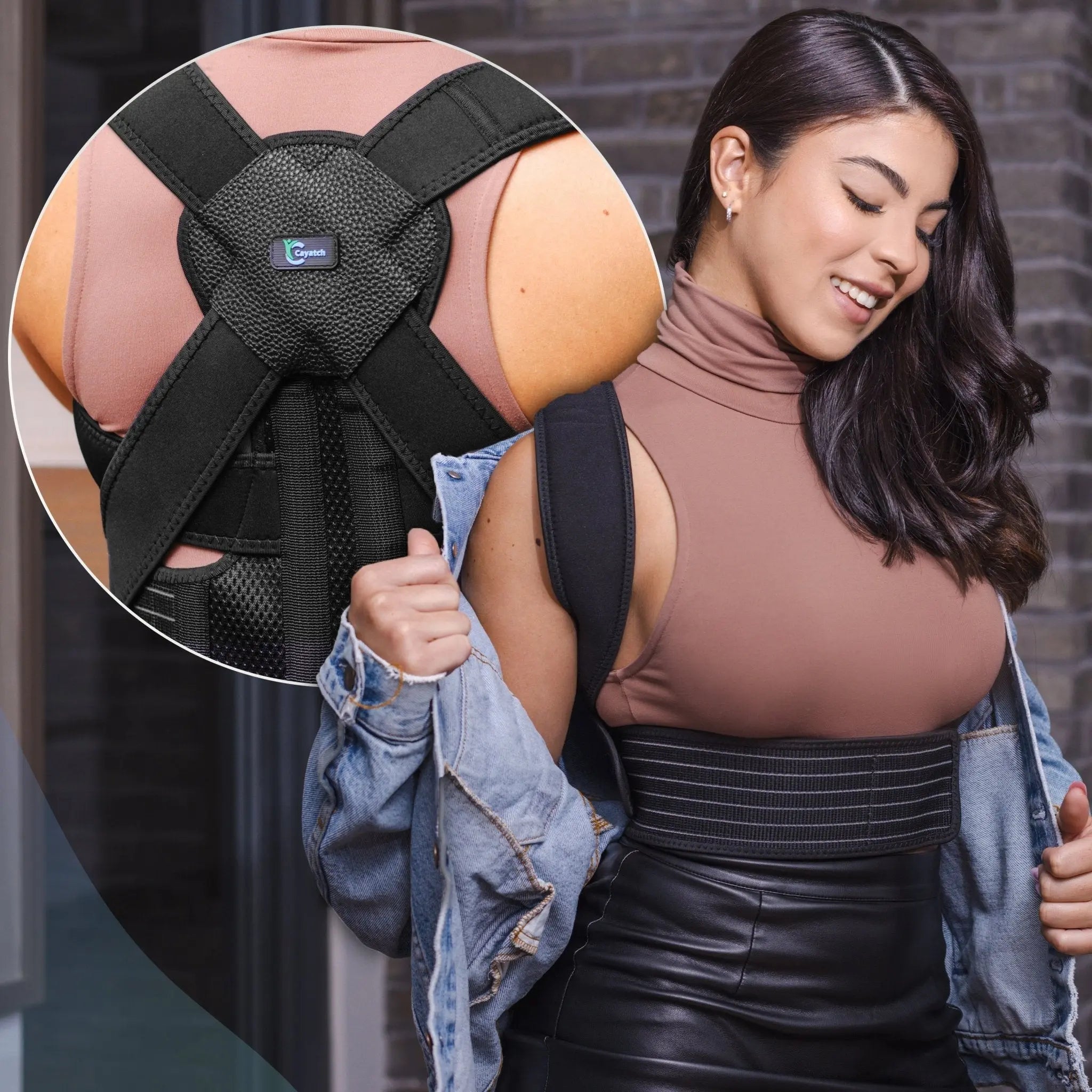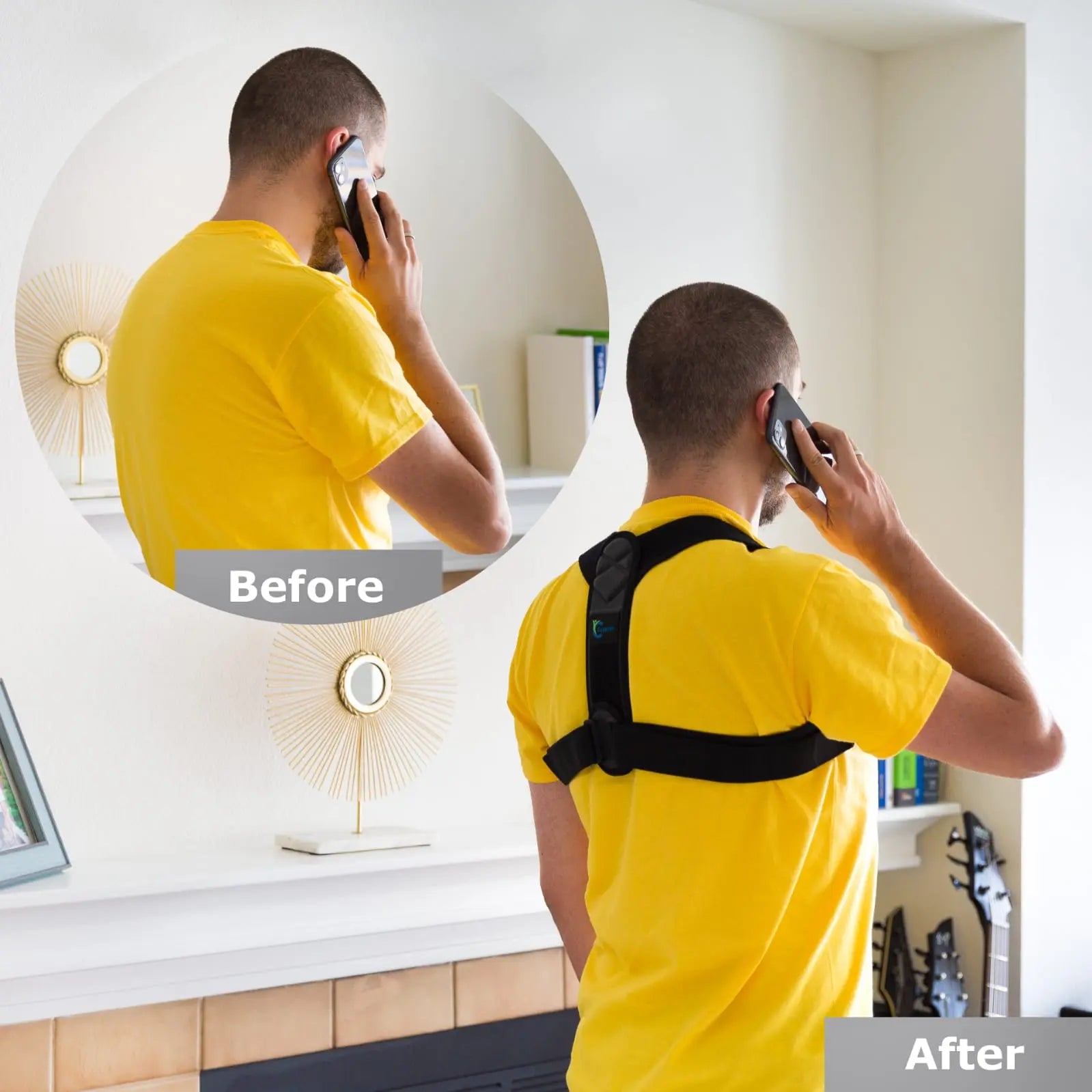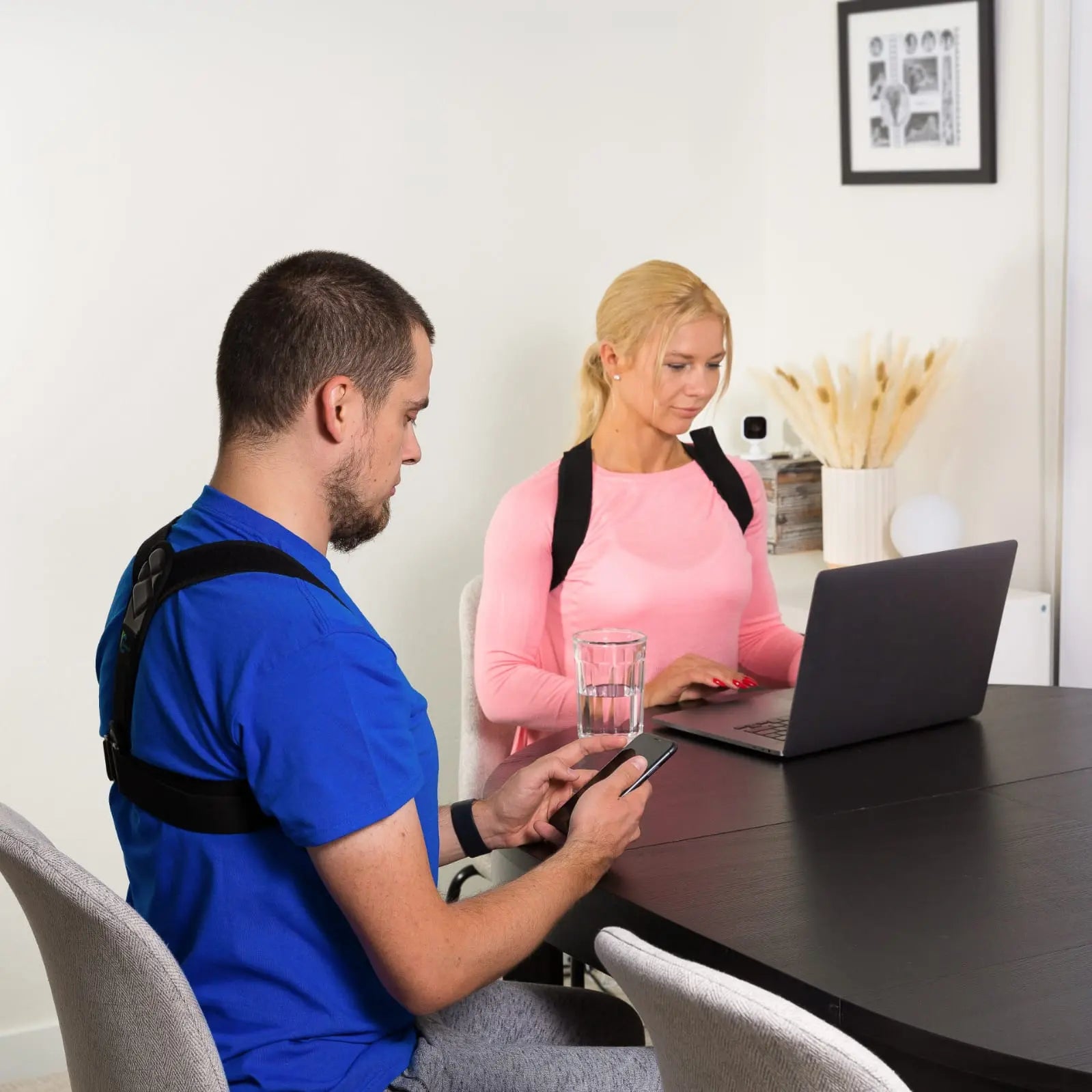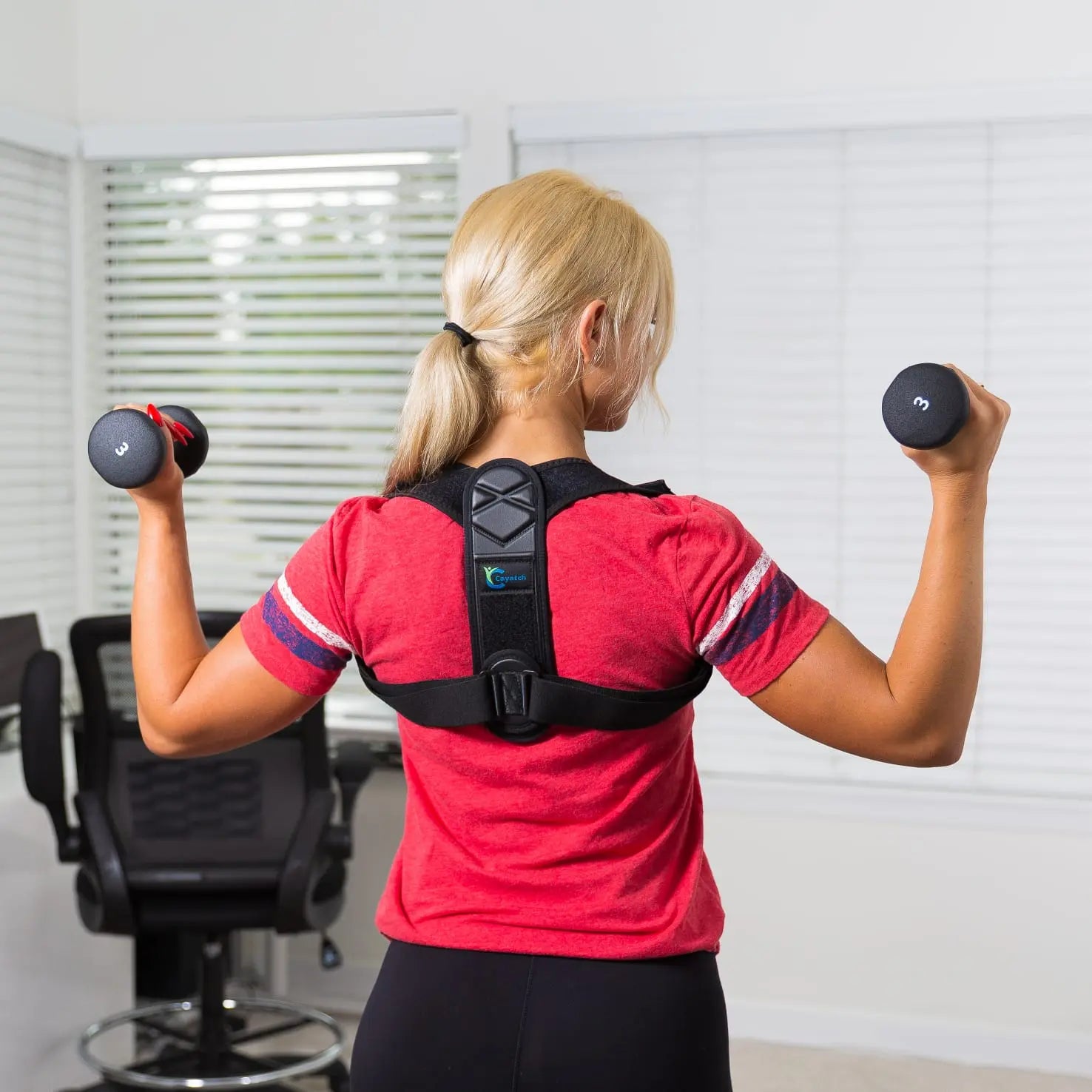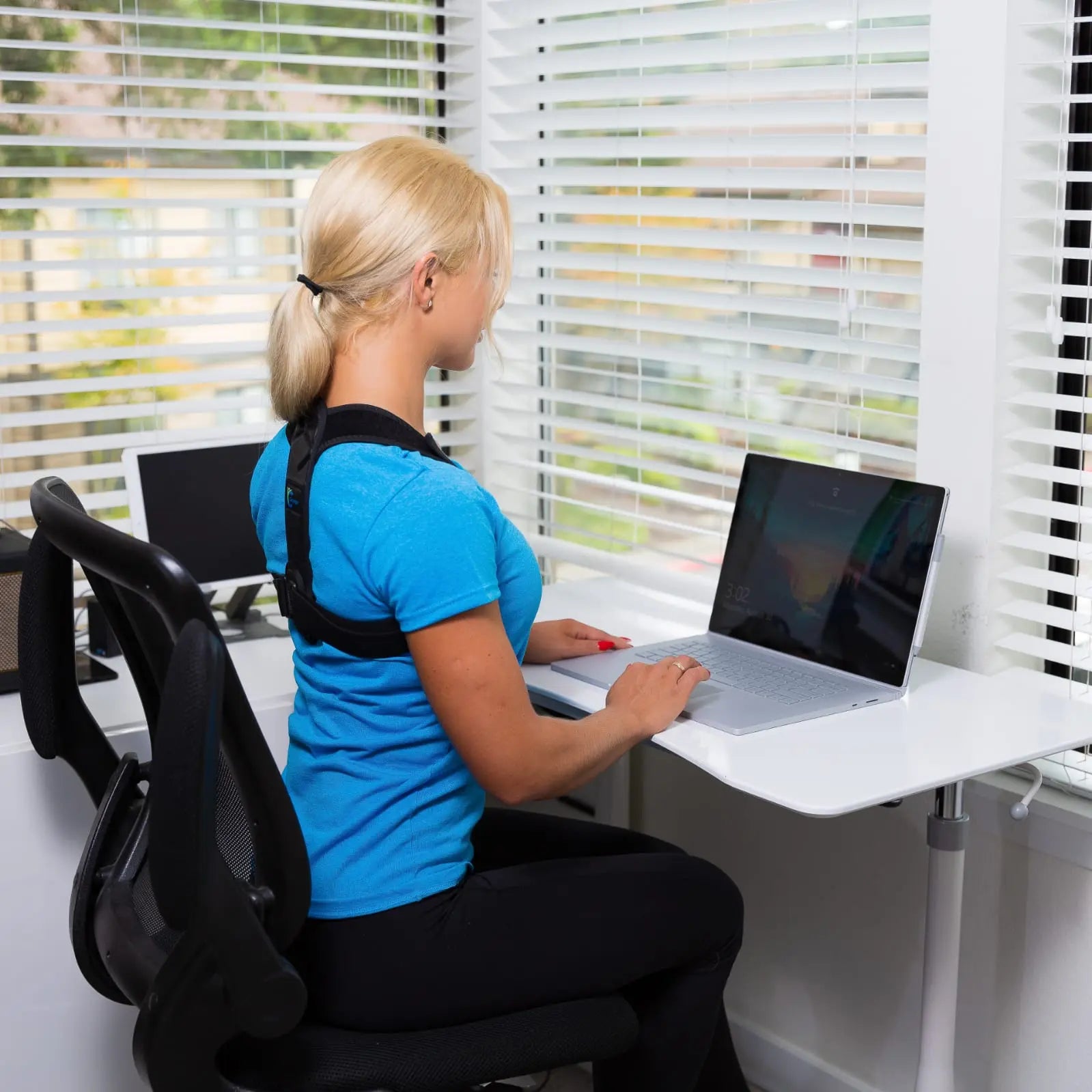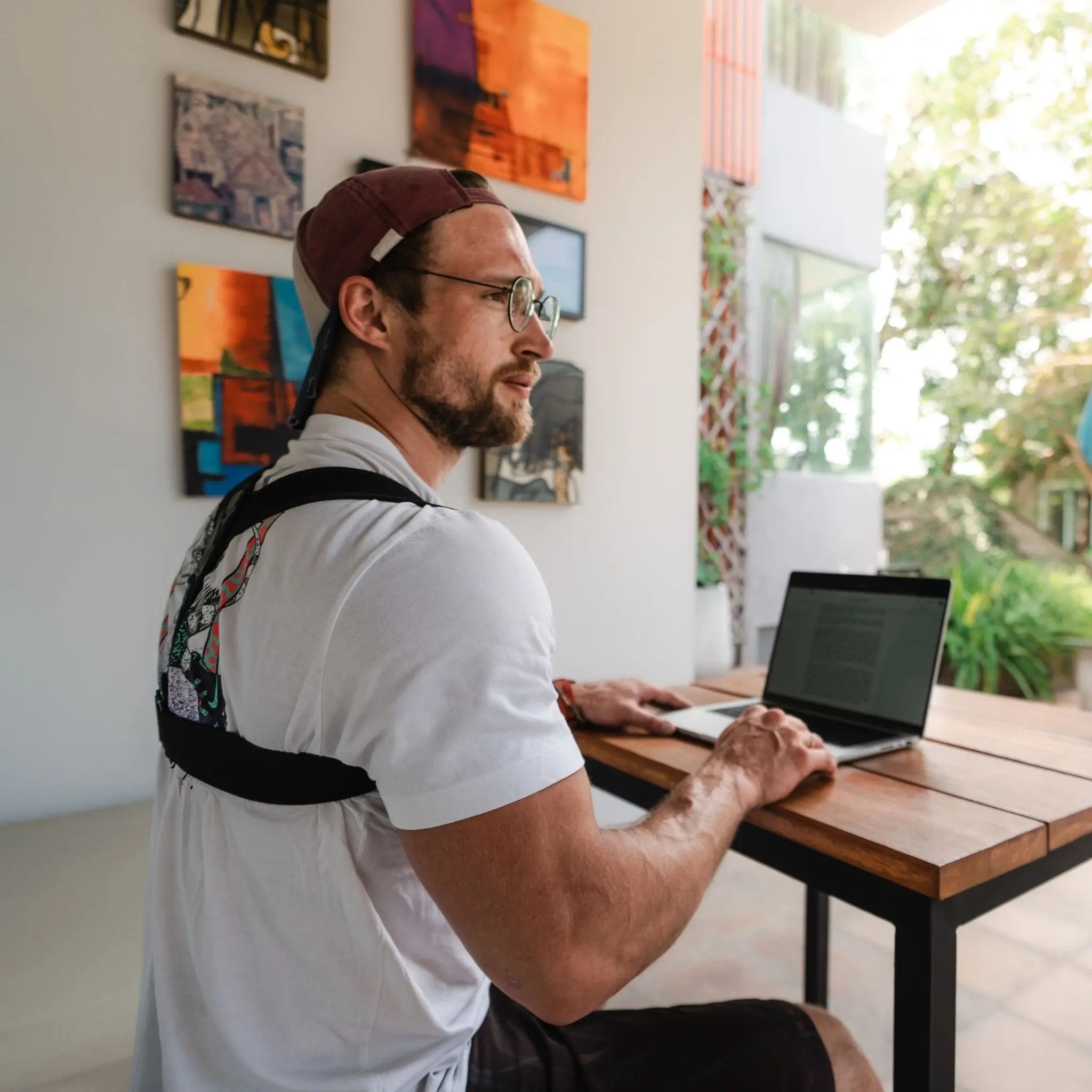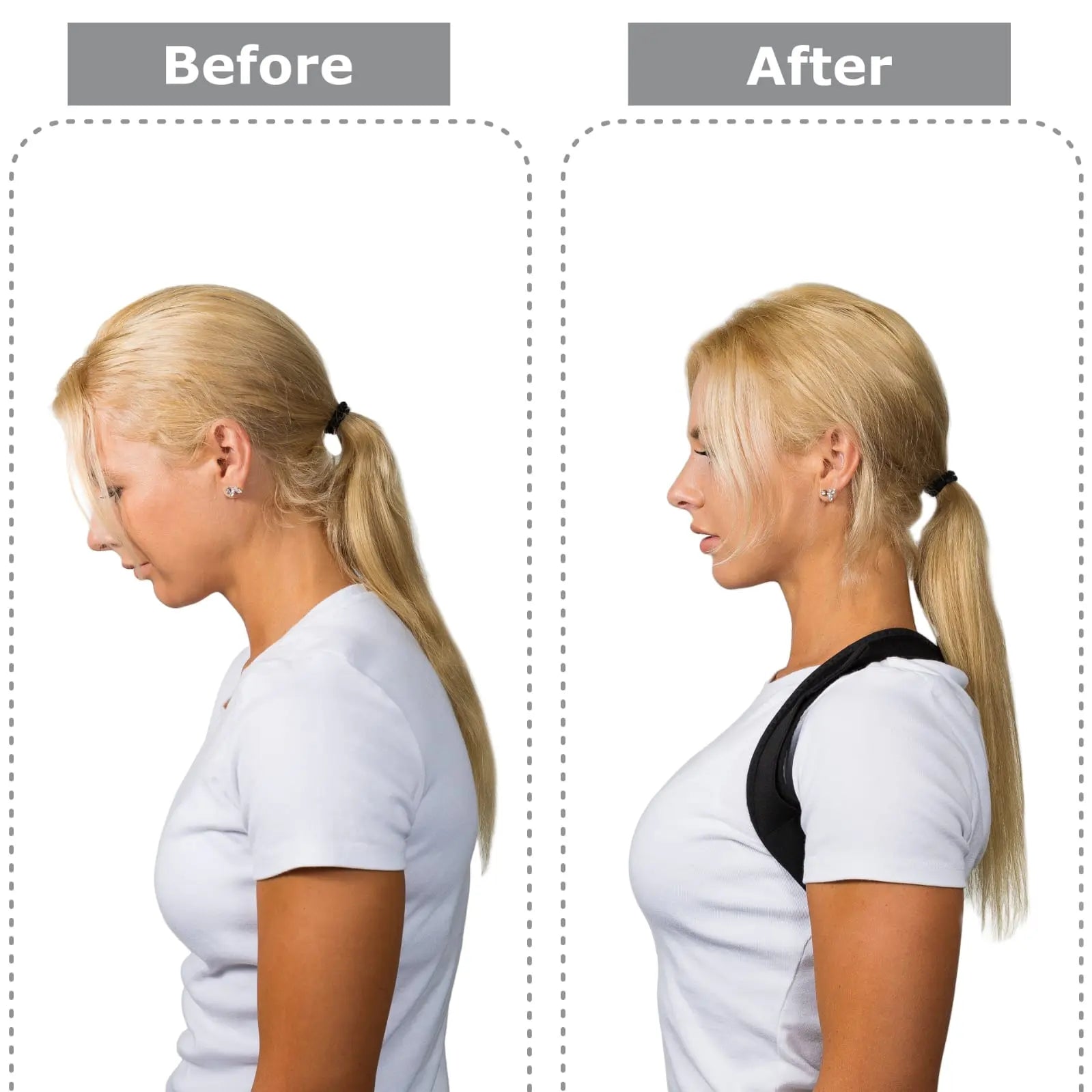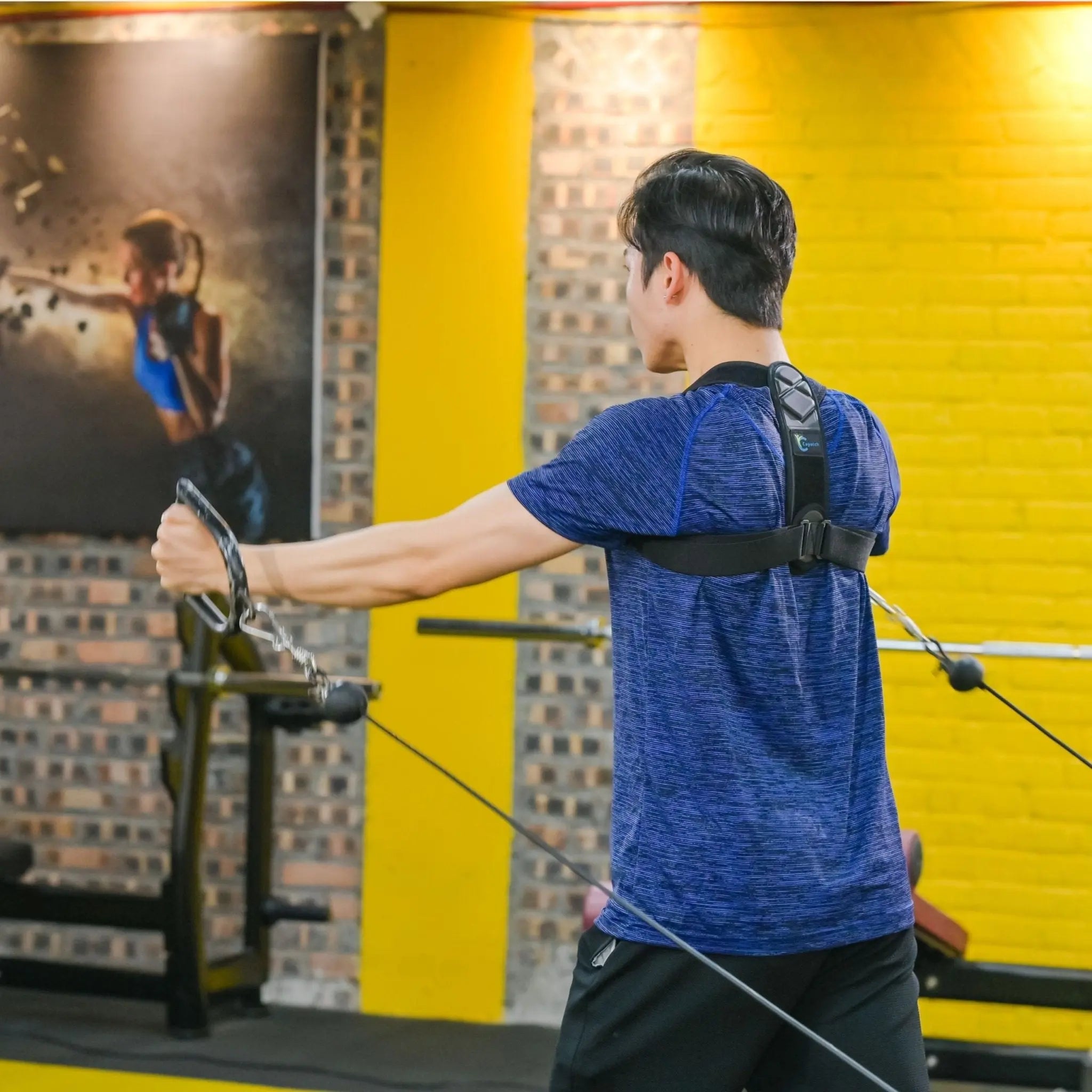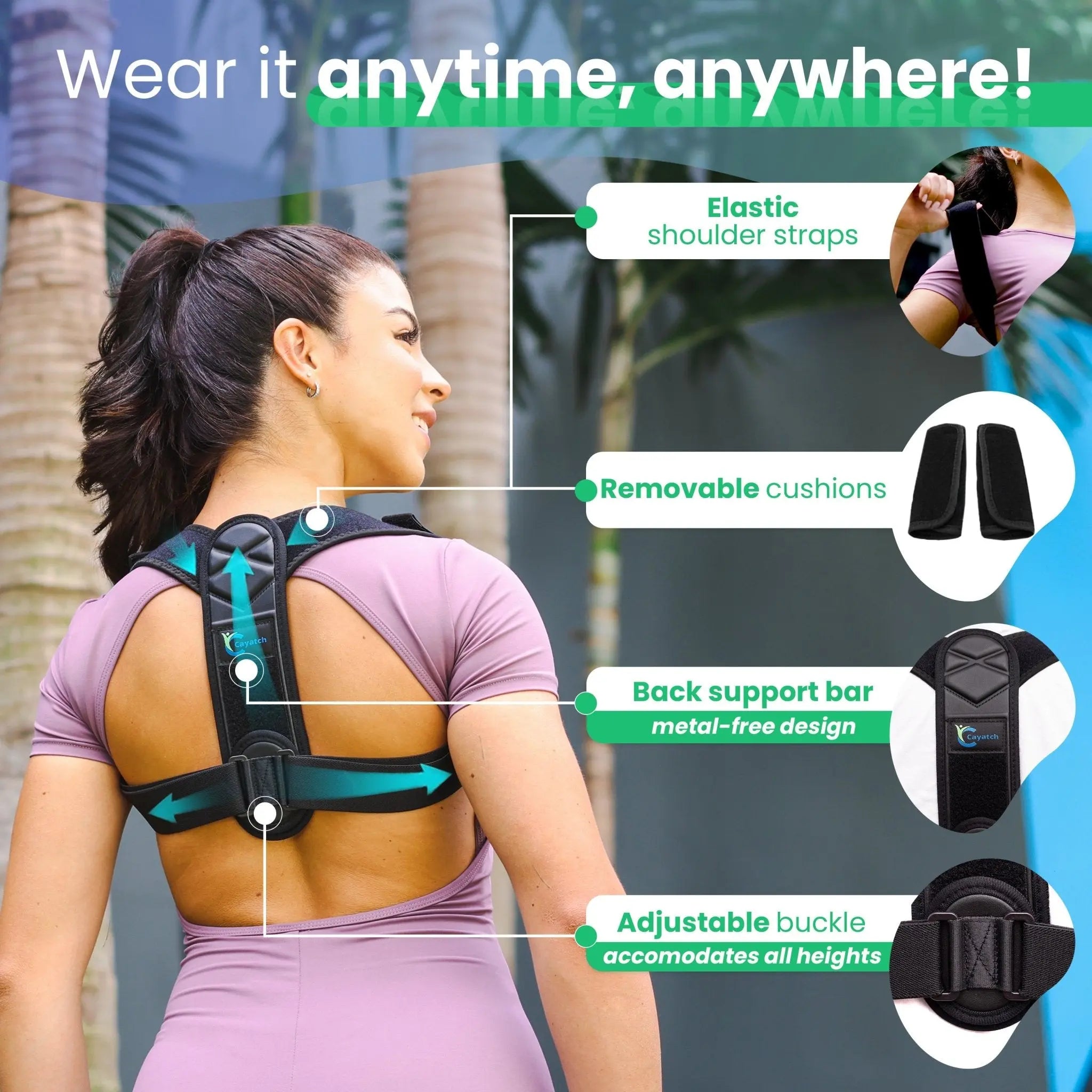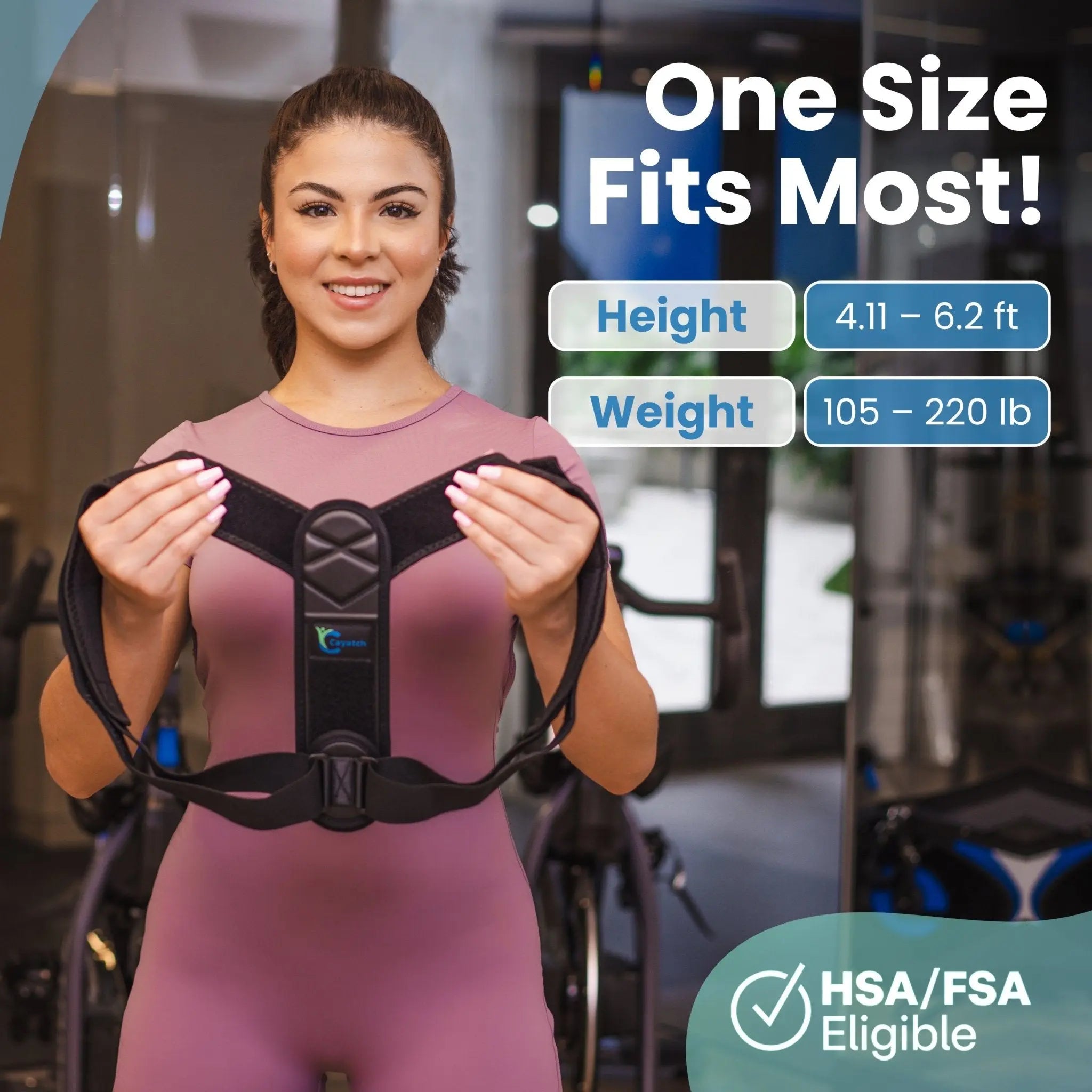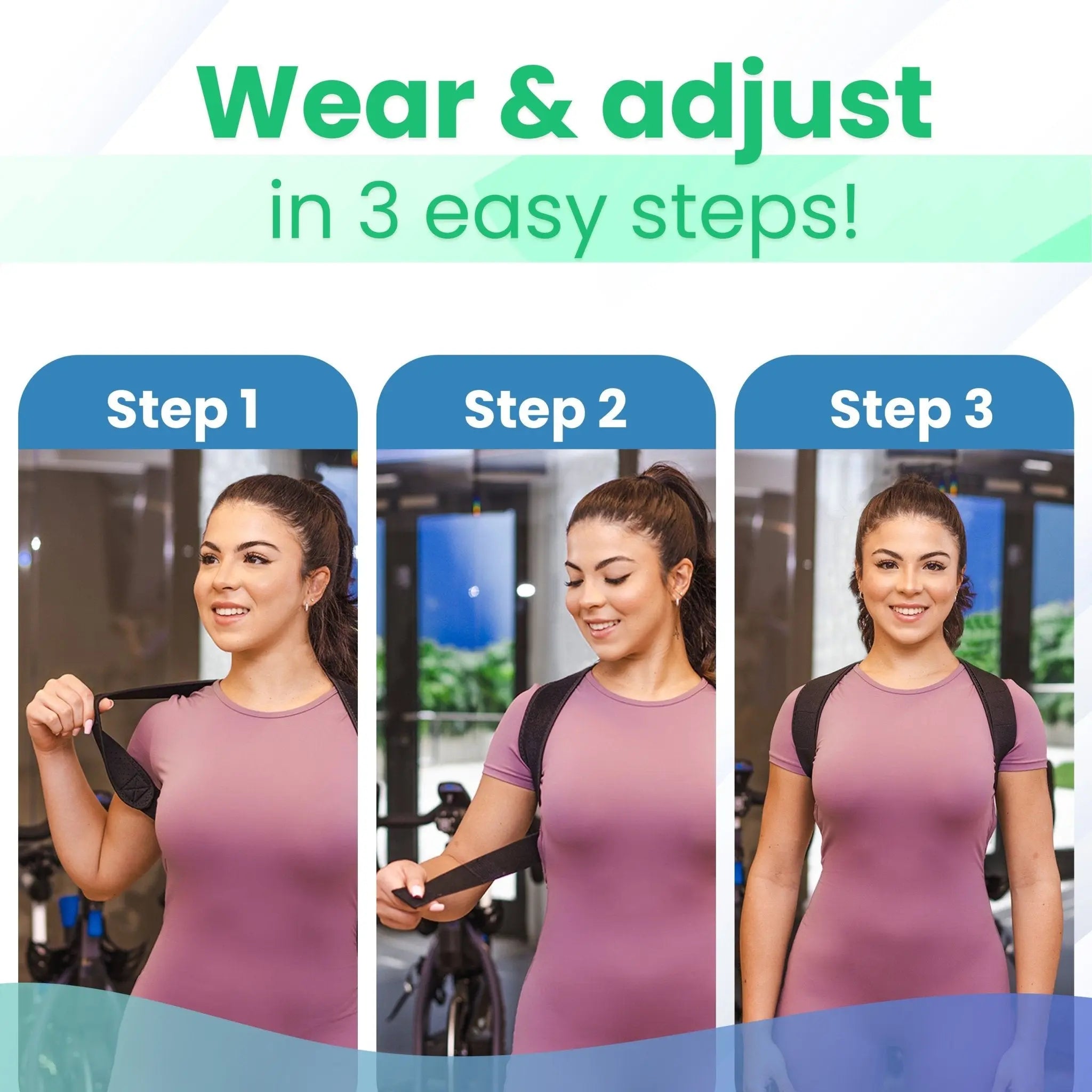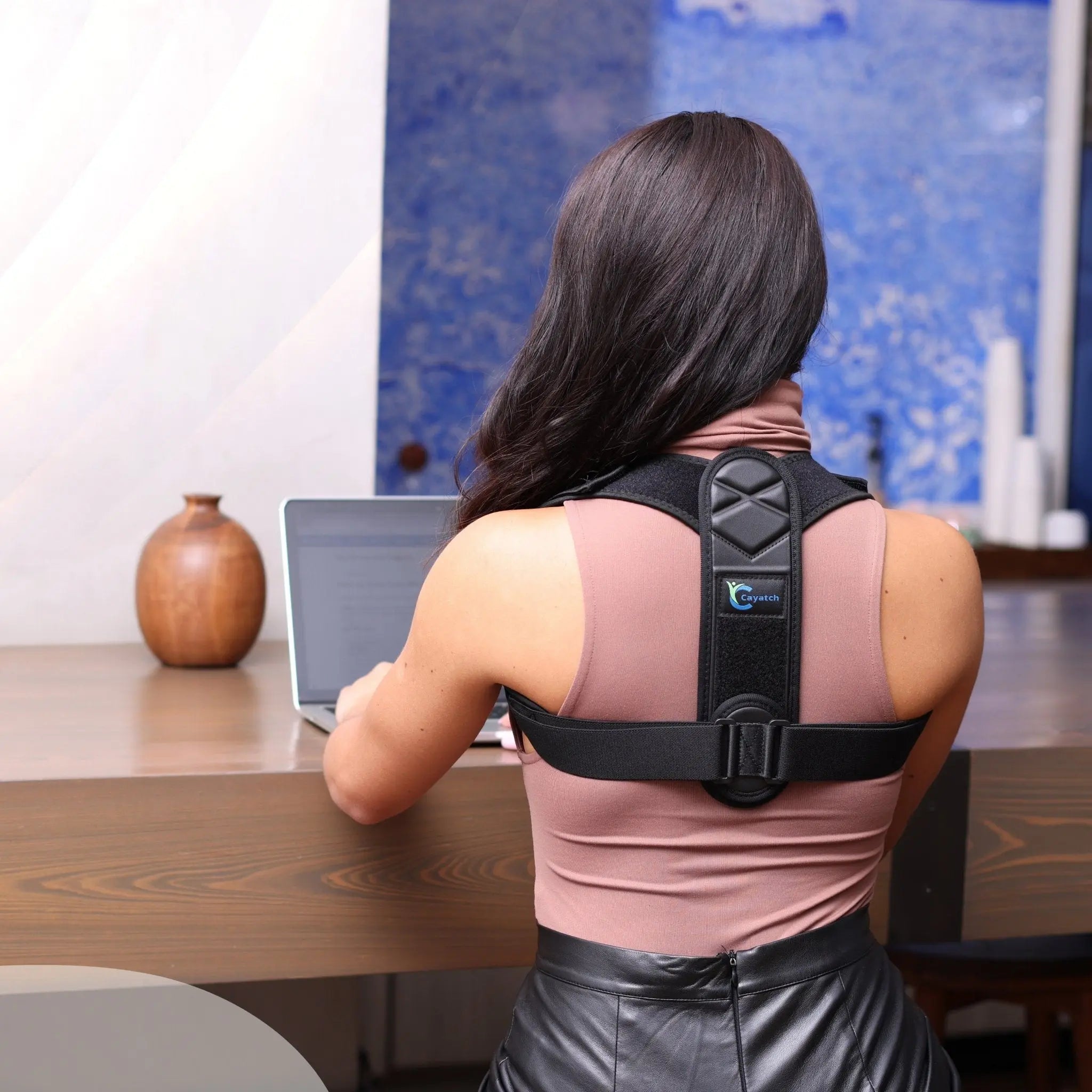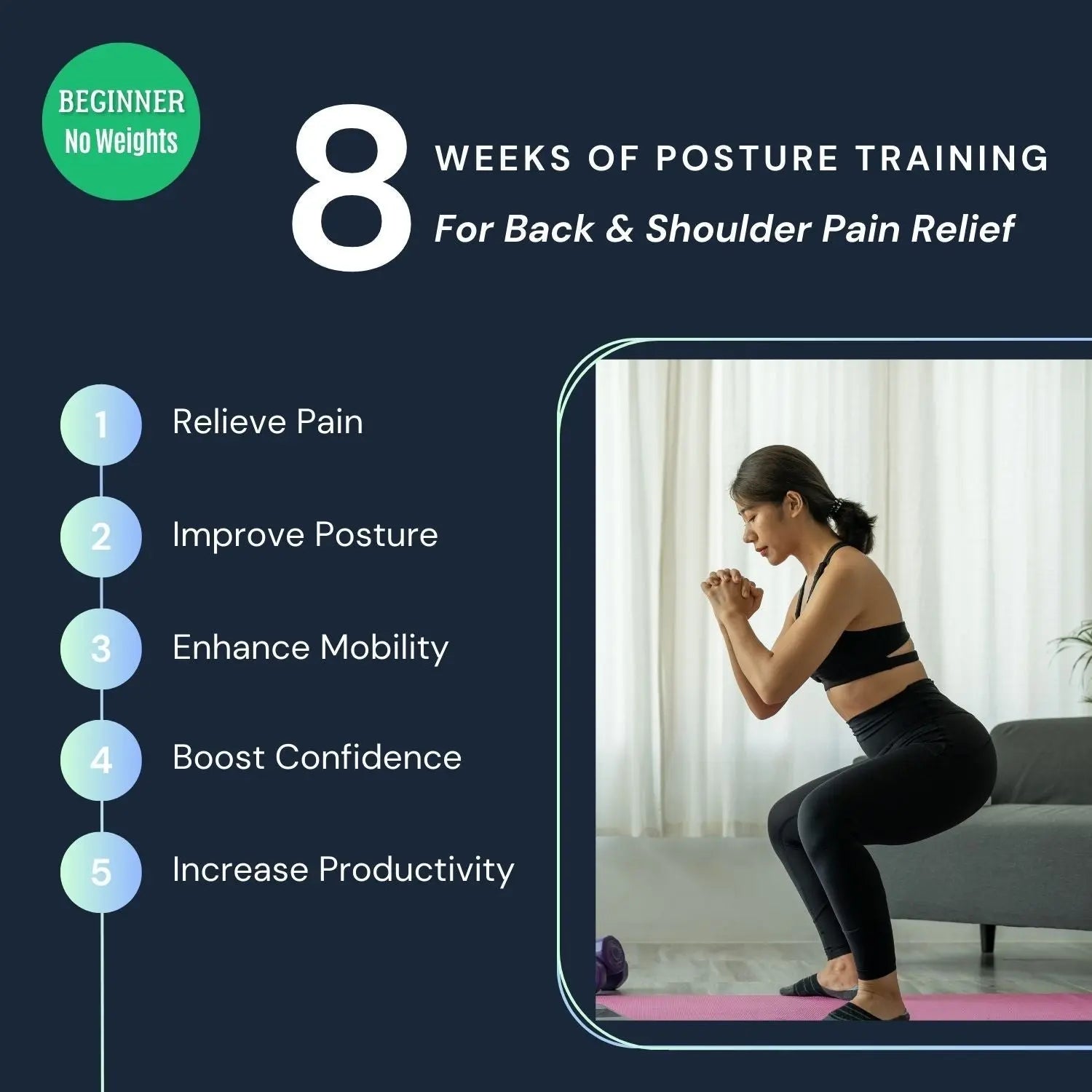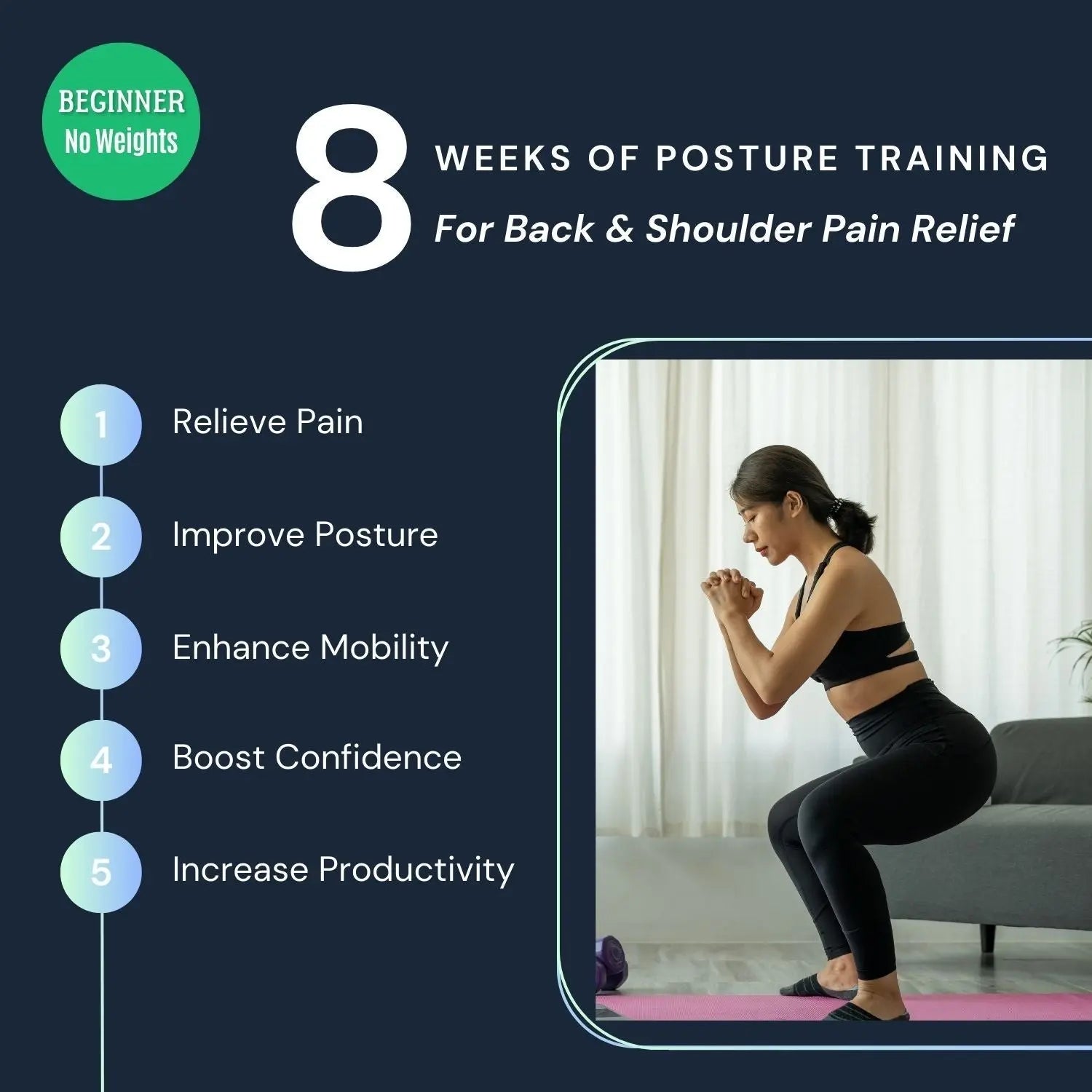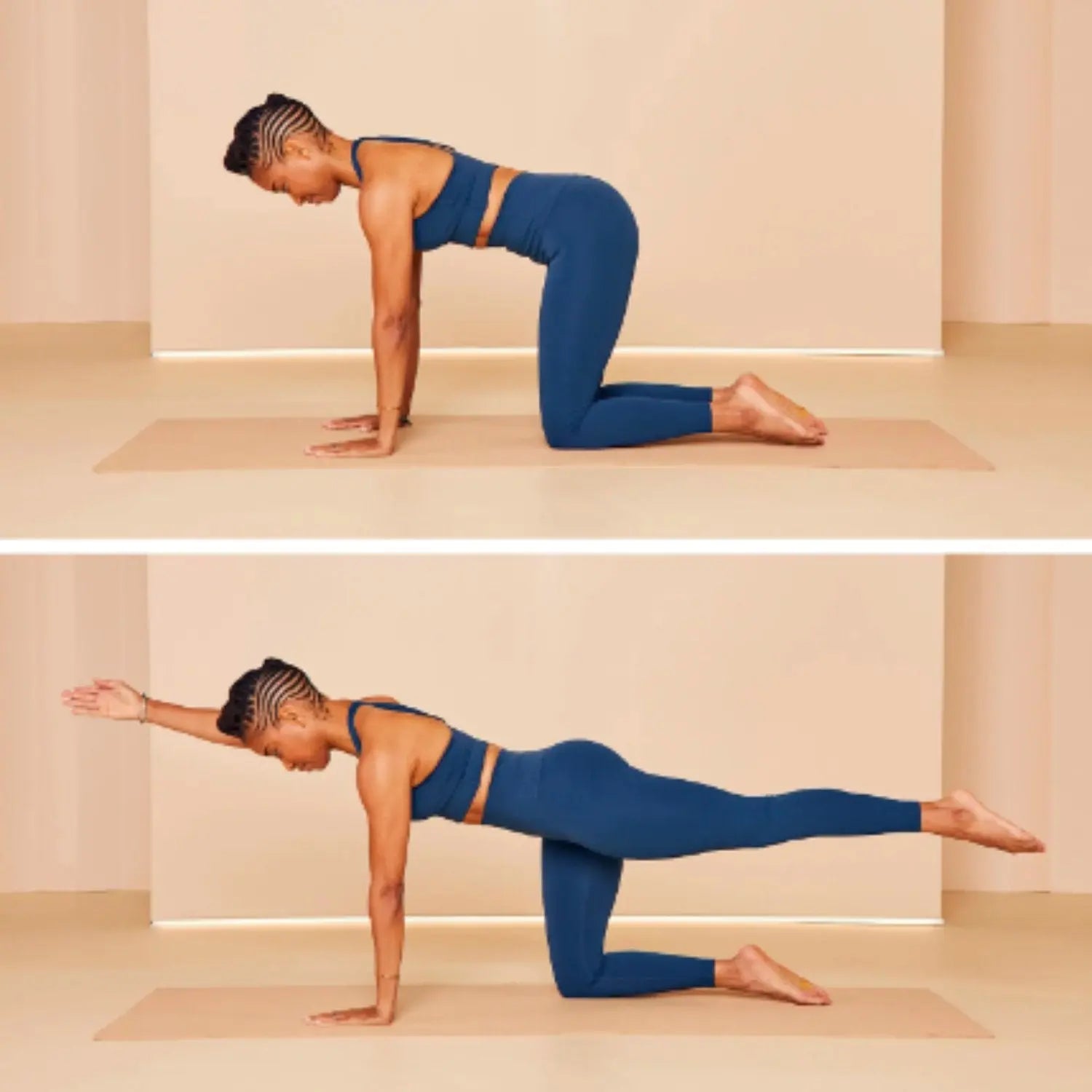Why Posture Is Important In Communication

Key Takeaways:
- Nonverbal Communication: Posture is a critical aspect of nonverbal communication, signaling confidence, openness, and engagement.
- Confidence Boost: Good posture enhances both perceived and internal confidence, positively affecting interactions.
- Professionalism: Maintaining proper posture in professional settings conveys competence and seriousness.
- Health Benefits: Proper posture reduces physical strain, promoting better endurance during prolonged communication tasks.
- Q&A's addressed towards the end of the article:
- Can improving posture enhance my communication skills?
- How can I improve my posture for better communication?
- How does posture affect communication?
Introduction
Posture is more than just a physical stance; it is a silent yet powerful form of communication that can shape how others perceive you and your message.
Whether you're in a business meeting, casual chat, or presenting to an audience, your posture can profoundly affect both your message's impact and your audience’s perception of you. It is a non-verbal cue that may go unnoticed by you, but it is among the first things others notice.
Slouching with little eye contact signals weakness and lack of confidence, undermining your credibility. In contrast, a straight back, upright head, and respectful eye contact convey confidence and trust, reassuring your audience that you know what you're talking about.
In this blog, we'll delve into the importance of posture in communication and offer tips to improve it, making your interactions more effective.
So, let’s explore why posture is important in communication.
What is Posture in Communication?

Posture is a form of nonverbal communication, a crucial aspect of human interaction. It involves conveying messages without the use of spoken words and encompasses anything from facial expressions, body movements, gestures, eye contact, and posture.
These elements work together to convey emotions, intentions, and responses, often providing more information and context than verbal communication alone. Nonverbal cues play a vital role in understanding underlying messages and emotions that are not expressed verbally, making them essential for effective communication.
Albert Mehrabian, professor of psychology at UCLA, states that words total only 7% of effective communication. The other 93% depends on the speaker's tone and body language.
Posture, as a key component of nonverbal communication, speaks volumes about a person's confidence, attitude, and openness. The way an individual stands, sits, or moves can indicate their state of mind and level of engagement in a conversation. For instance, an upright and open posture can suggest that a person is approachable and receptive, while a slouched or closed posture might imply disinterest or discomfort.
Understanding and harnessing the power of good posture can enhance personal and professional interactions, as it directly influences how others perceive and respond to us.
Benefits of Good Posture in Communication

Proper posture is powerful in communication and the benefits for you and your listeners are numerous. Here are some of the benefits of good posture in communication:
1. Boosts Confidence Both Internally and Externally
Maintaining good posture not only makes you appear more confident to others but also helps in boosting your own self-esteem and mental alertness.
When you stand or sit upright, it can actually produce psychological effects that enhance your confidence level and self-assurance. This increased confidence is visible to others and can influence how they respond to you, often leading to more positive interactions and outcomes in both personal and professional settings.
2. Improves Engagement and Attention:
Good posture can significantly affect engagement levels during communication. By adopting an attentive posture, such as leaning slightly forward and maintaining eye contact, you signal to your conversation partner that you are fully engaged and interested in the interaction.
This not only encourages others to be more open and share more information but also shows respect and attentiveness, key aspects that can foster stronger relationships and more productive communications.
3. Signals Professionalism and Competence
In professional environments, good posture is often associated with professionalism and competence. An individual who sits and stands upright is typically perceived as prepared and capable.
This perception can be crucial in job interviews, business meetings, and networking events where first impressions are vital. Good posture communicates that you are serious and committed to your role or discussion, which can lead to greater respect and opportunities.
4. Facilitates Better Health and Endurance in Communication Settings
Good posture is not only beneficial for your bones and muscles but also impacts your endurance and comfort during long periods of communication, such as meetings or presentations.
Proper alignment reduces strain on your body, preventing fatigue and discomfort that can distract you and diminish the quality of your interaction. By ensuring you are physically comfortable and free from pain, good posture allows you to focus more completely on the communication itself, maintaining a high level of performance throughout.
5. Enhances Verbal and Non-verbal Congruency
Good posture plays a pivotal role in reinforcing the messages you deliver verbally. When your posture aligns with the words you speak, it enhances the congruency between your verbal and non-verbal communication. For example, standing straight with an open stance while speaking positively or assertively reinforces your message's sincerity and strength.
This congruency helps in making your communication more effective because your audience perceives you as genuine and your message as more convincing.
Tips for Improving Posture in Communication

Now that we have talked about the significance and benefits of proper posture in communication, here are a few tips that should help you maintain a more confident posture while communicating:
1. Practice Mindful Sitting and Standing
One of the most effective ways to improve your posture is to become more mindful of how you sit and stand during communicating. Make a conscious effort to keep your back straight, shoulders back, and head aligned with your spine.
Whether you're in a meeting or chatting with friends, periodically check in with your body to ensure you haven't slipped into a slouch. This awareness will gradually help you develop better posture habits naturally over time.
2. Use Ergonomic Furniture
Investing in ergonomic furniture can significantly impact your posture, especially in a work setting where you spend long hours sitting. Ergonomic chairs support the natural curve of your spine and encourage sitting with proper alignment.
Make sure that your workstation is set up so that your monitor is at eye level and your keyboard and mouse are positioned to allow your arms to form a 90-degree angle, preventing strain on your shoulders and wrists
3. Strengthen Core Muscles
A strong core is essential for maintaining good posture. Incorporate exercises into your routine that strengthen your abdominal and back muscles, such as planks, bridges, and abdominal crunches.
Yoga and Pilates are particularly effective as they focus on core strength, flexibility, and awareness of body alignment. Strengthening these muscles will naturally pull your body into proper alignment.
4. Take Regular Breaks to Move
Sitting or standing in one position for too long can be detrimental to your posture. Make it a habit to take regular breaks to walk around and stretch. This not only helps relieve muscle tension but also reactivates proper posture mechanics.
Simple stretches, such as shoulder shrugs, neck rotations, and arm stretches, can be done throughout the day to keep your body aligned and comfortable.
5. Visualize and Adjust
An useful technique for improving posture is to visualize your body in correct alignment. Imagine a straight line passing through your body from the ceiling to the floor, aligning your ears, shoulders, hips, and ankles.
Occasionally, step in front of a mirror to check your posture and make adjustments as needed. This visual feedback can be a powerful tool in correcting poor habits and reinforcing better posture throughout your day-to-day activities.
6. Use a Back Brace Posture Corrector
A posture corrector brace wraps around your shoulders, gently pulling them outward and backward. This effectively retracts your shoulders and guides them into their natural alignment with the spine, relieving pain and discomfort in the neck, upper back, and shoulder regions.
Wearing a posture corrector for 30 minutes a day can help in training your mind to return to awareness of what correct posture feels like. Over time, you'll develop muscle memory and be able to keep a perfect posture consistently without the need to wear a posture corrector.
Read: Do Posture Correctors Really Work? Insights From Experts
Exercises to Improve Your Posture

In addition to the tips described above, there are various exercises you can do to help improve your posture as well. These will help you to improve your core muscles and posture, which is vital for maintaining good posture. Here are some exercises and stretches to improve your core muscles and posture:
1. Seated Back Twist
This gentle twist increases spinal mobility and can be comfortably performed in any sturdy chair.
- Sit upright in a chair with your feet flat on the floor.
- Place your right hand on the back of the chair. Gently twist your torso to the right, using the chair for support, while pressing your left hand against your right knee to deepen the twist.
- Hold for 10-15 seconds, then return to the front and repeat on the opposite side.
- Do 2-3 sets on each side.
2. Shoulder Rolls
Shoulder rolls help relieve tension in the upper back and shoulders, promoting a more upright posture.
- Sit or stand with your back straight.
- Slowly roll your shoulders up towards your ears, then back and down in a smooth circular motion.
- Complete 10 rolls forward, then reverse the direction and do 10 rolls backward.
3. Chest Openers
Opening up the chest helps counteract the forward slump many people develop from sitting at desks.
- Stand or sit upright.
- Clasp your hands behind your back, straighten your arms, and gently lift your hands upwards.
- As you lift your hands, open up your chest and hold the stretch for 10 to 15 seconds.
- Release and repeat several times.
4. Chair Yoga Pose: Cat-Cow Stretch
This adapted yoga pose improves flexibility in the spine and is performed using a chair.
- Sit at the edge of a chair, feet flat on the floor, hands on your knees.
- Inhale as you arch your back and look slightly up, lifting your chest (Cow Pose).
- Exhale as you round your spine, dropping your head forward and tucking your chin toward your chest (Cat Pose).
- Alternate slowly between these two poses for 1-2 minutes.
5. Invest in a Posture Corrector
Using a posture corrector can be an effective way to train your body to maintain a proper alignment. Posture correctors work by pulling your shoulders back and aligning your spine, which encourages better posture habits. They can be particularly helpful for those who spend long periods sitting or have chronic posture issues.
When choosing a posture corrector, look for one that is comfortable, adjustable, and suitable for wearing over or under clothes. Use it periodically throughout the day to help your body learn the feel of correct posture.
Frequently Asked Questions (FAQs)
How does posture affect communication?
Posture plays a crucial role in non-verbal communication. It shapes how others perceive your message and your confidence. A confident posture, with a straight back, upright head, and steady eye contact, signals assurance and trustworthiness, while slouching and avoiding eye contact suggests insecurity and lack of confidence.
Can improving posture enhance my communication skills?
Absolutely! Improving posture can make your communication more effective by projecting confidence and competence. This, in turn, helps build trust with your audience, making them more receptive to your ideas and creating a positive communication environment.
How can I improve my posture for better communication?
To improve posture, practice sitting and standing straight with your shoulders back, head upright, and steady eye contact. Regularly engaging in exercises like the ones mentioned above makes it easier to maintain good posture, ultimately enhancing your communication.
Conclusion
In conclusion, posture is much more than just a physical attribute; it is a crucial component of communication that extends beyond mere aesthetics. Good posture not only improves your health and confidence but significantly influences how others perceive and interact with you.
By mastering the art of good posture, you can enhance your non-verbal communication skills, making you appear more credible, approachable, and engaging.
Whether in a professional setting, a classroom, or everyday interactions, maintaining proper posture can profoundly impact your communication effectiveness and the impressions you leave on others. Remember, when you carry yourself well, you not only feel better, but you also convey a strong, positive message to the world around you.

























